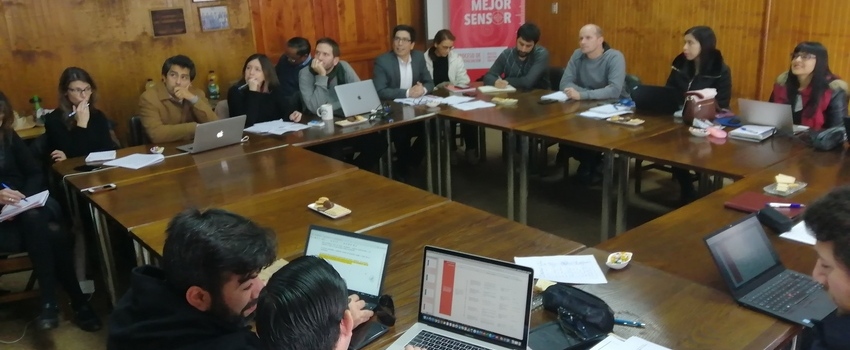
During the meeting, documents such as the Guide for Internal Self-Evaluation of Universities and the ULS Strategic Development Plan 2016-2020 were shared.
With the participation of more than 20 academic and non-academic officials, the Research Subcommittee held its first working meeting, within the framework of the Institutional Accreditation process of the University of La Serena.
The meeting held on Friday, May 24, was headed by the Vice-Rector for Research and Postgraduate Studies, Dr. Eduardo Notte Cuello, and in it the participants shared the Guide for the Internal Self-Evaluation of Universities and the ULS Strategic Development Plan 2016-2020, along with addressing other topics related to this important process and the area.
The members of this subcommittee had the opportunity to provide their opinions on relevant points of both documents, and agree on a work plan and how to collect relevant information, with the aim of detecting strengths, weaknesses and opportunities for improvement.
At the next meeting scheduled for Friday, May 31, the work methodology that this subcommittee will use will be presented, a methodology that will respond to what was requested by the National Accreditation Commission in the area of Research.
Written by Gonzalo Lozano, DirCom
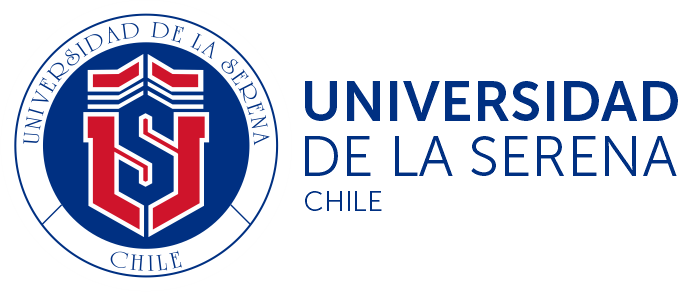
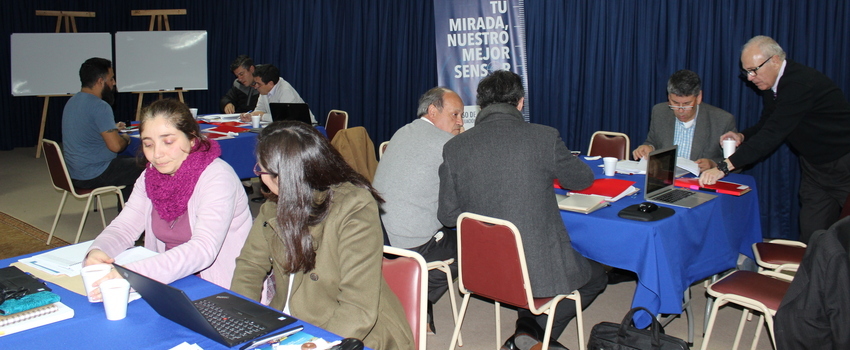
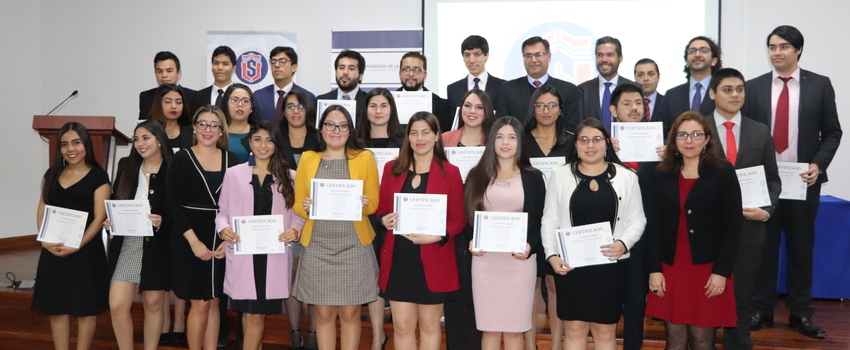
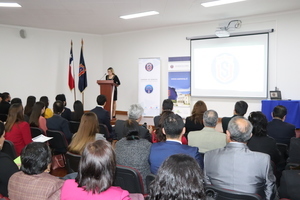 This certification is awarded to those students who have successfully completed all the subjects of the first and second year of the study plan.
This certification is awarded to those students who have successfully completed all the subjects of the first and second year of the study plan.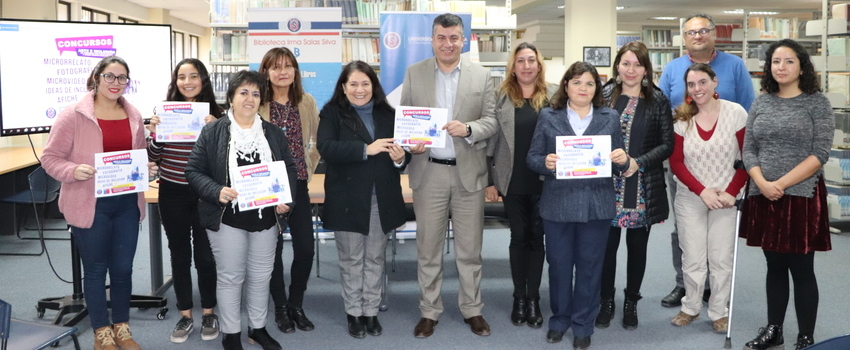
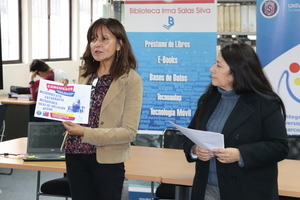 The contest consists of the preparation of micro-stories, photographs, micro-videos or posters in which a message of inclusion regarding disability, sexual minorities and people of different ethnicities and/or cultures must be delivered, and registration is open to students. , academics or officials of the house of studies.
The contest consists of the preparation of micro-stories, photographs, micro-videos or posters in which a message of inclusion regarding disability, sexual minorities and people of different ethnicities and/or cultures must be delivered, and registration is open to students. , academics or officials of the house of studies.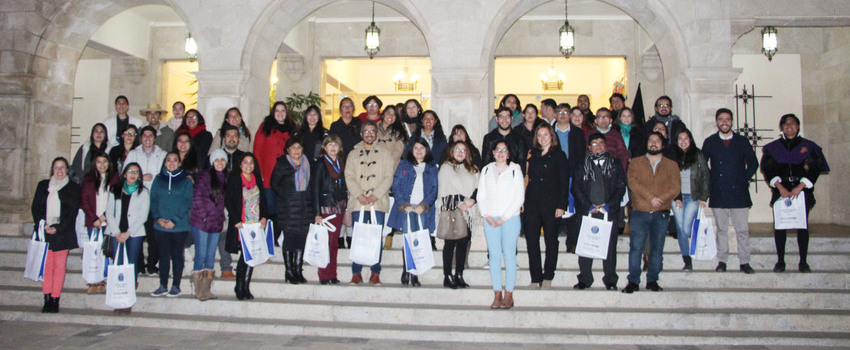
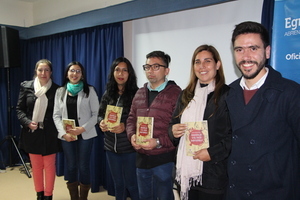 The invitation included a musical welcome by the ULS Folkloric Ensemble, belonging to the General Directorate of Student Affairs, and later two presentations by professors who shared their experience with those attending the meeting.
The invitation included a musical welcome by the ULS Folkloric Ensemble, belonging to the General Directorate of Student Affairs, and later two presentations by professors who shared their experience with those attending the meeting.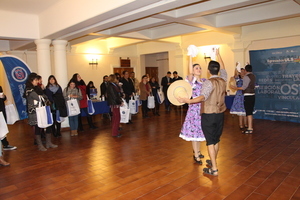 In this regard, Pizarro commented: “I appreciate the opportunity and the invitation and I appreciate this conversation that was with the family. The world of pedagogies and the world of careers themselves, when you are with more teachers or depending on the career you have studied, you feel with your people (…) I felt comfortable, I felt pleased, and the most interesting thing is that I felt from them that connection of that avatar tree, that when we connect with our students, no matter how difficult it may be, they will be able to acquire it and it will be meaningful for them.”
In this regard, Pizarro commented: “I appreciate the opportunity and the invitation and I appreciate this conversation that was with the family. The world of pedagogies and the world of careers themselves, when you are with more teachers or depending on the career you have studied, you feel with your people (…) I felt comfortable, I felt pleased, and the most interesting thing is that I felt from them that connection of that avatar tree, that when we connect with our students, no matter how difficult it may be, they will be able to acquire it and it will be meaningful for them.”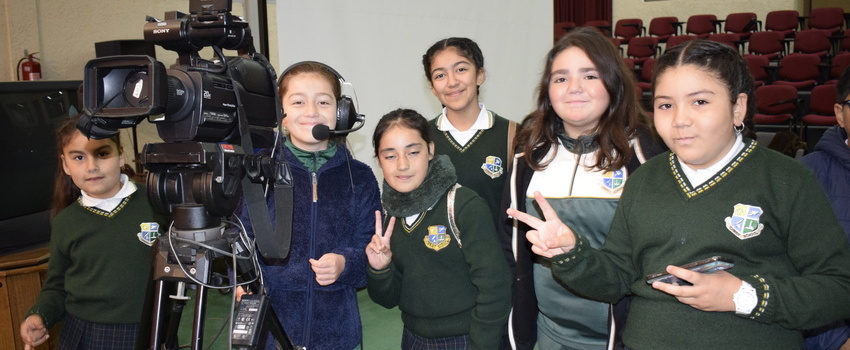
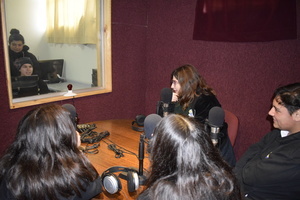 Regarding the relevance of these visits, the Director of the School of Journalism of the University of La Serena, Mg. Cristian Muñoz pointed out that “in this way there is an interaction with the students, where they are shown the School's rooms, the TV Studio, the radio and editing laboratories and the digital content room. This undoubtedly helps us position ourselves early on in future generations who may choose the School of Journalism and the ULS as their home of study.”
Regarding the relevance of these visits, the Director of the School of Journalism of the University of La Serena, Mg. Cristian Muñoz pointed out that “in this way there is an interaction with the students, where they are shown the School's rooms, the TV Studio, the radio and editing laboratories and the digital content room. This undoubtedly helps us position ourselves early on in future generations who may choose the School of Journalism and the ULS as their home of study.”